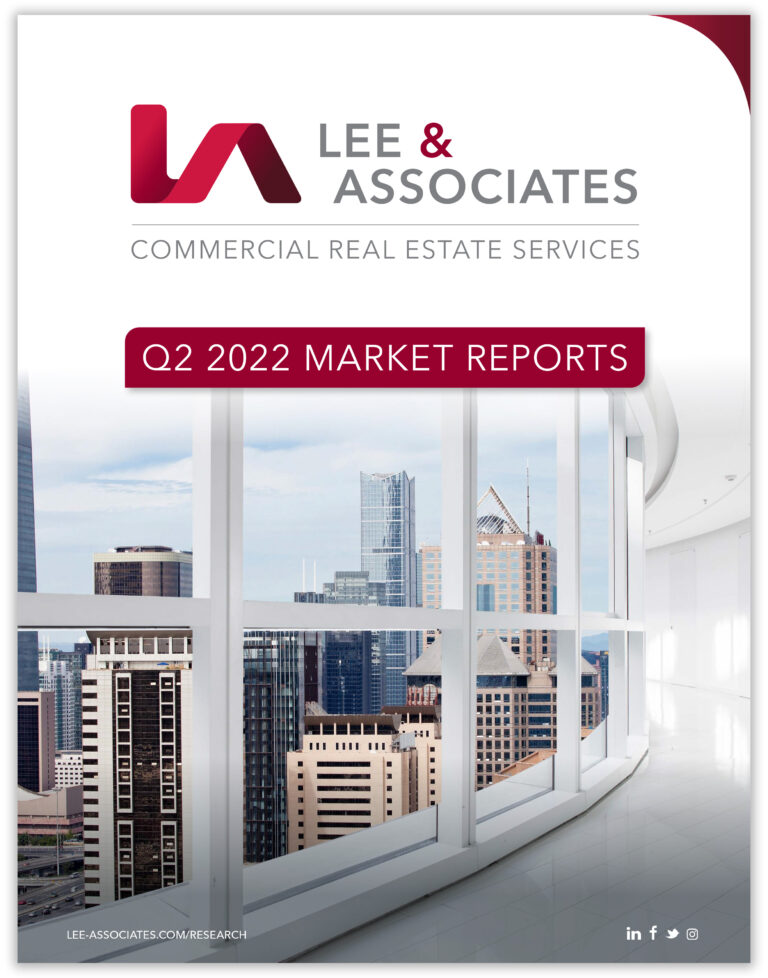Q2 2022 Economic Reports Released
 GDP GROWTH
GDP GROWTH
The U.S. economy contracted for the second straight quarter as a tightened monetary policy and high inflation took more steam out of consumer spending and businesses trimmed inventories.
The Commerce Department said the nation’s gross domestic product – the value of all goods and services sold – fell by an 0.9% annualized rate in the second quarter. The new reading coupled with the 1.6% first-quarter decrease means the economy has met the common definition for recession.
But top officials in the Biden administration and Federal Reserve say the recession label doesn’t apply because job growth, industrial production, spending and incomes all remain robust. The unemployment rate has been steady at a low 3.6% for the last two quarters. Employers have hired for 1.56 million positions over four months ending in June. Unemployment claims were at a 52-year low. READ MORE>
EMPLOYMENT
Payrolls increased by 372,000 jobs in June, more than expected. The unemployment rate was 3.6% for the fourth straight month while the number of jobless essentially was unchanged at 5.9 million. It was another strong showing for the job market. Although it may not ease worries of a recession, economists believe the strong employment data improves the chances for a soft landing.
The Labor Department also reported that average hourly earnings increased 0.3% and were up 5.1% from a year ago. The strong wage growth enables the Federal Reserve to press ahead with planned increases in interest rates, while watchful of the effects that wage growth could have on rising costs. READ MORE>
MONETARY POLICY
Federal Reserve officials affirmed the institution’s commitment to reducing the rate of inflation even if it heightens the risk of putting a slowing U.S. economy into a recession. Toward that goal the central bank’s Federal Open Market Committee in late July unanimously voted to raise the benchmark interest rate by three quarters of a percentage point. Short-term borrowing rates now are between 2.25% and 2.50%. The increase was expected and welcomed by the markets. It was on the heels of a 75-basis point rate hike in June, the largest single jump since 1994. It was the fourth rate hike this year. The increases were viewed by policymakers as necessary to control the cost-of-living increases, which were running at their highest levels since 1981. READ MORE>
GLOBAL ECONOMY
There is no shortage of pessimism in the outlook as the global economy increasingly appears headed for a recession. Russia’s invasion of Ukraine continues with no peaceful end in sight and the humanitarian crisis triggered by the war is widening. Trading disruptions of food and commodities since the invasion are driving up costs, adding to global inflation and increasing stress on vulnerable nations with large populations in extreme poverty. Businesses across the eurozone report continuing inflation pressures and an acceleration in wage growth.
Inflation in the currency union was growing at 8.6% in June, a reading that was followed immediately with a half-point increase in interest rates by the European Central Bank. It was the first rate hike in 11 years and greater than expected from the ECB, the central bank for 19 countries. READ MORE>
